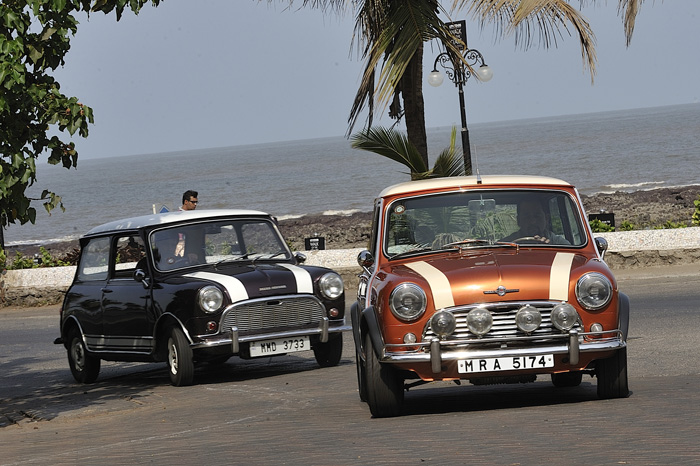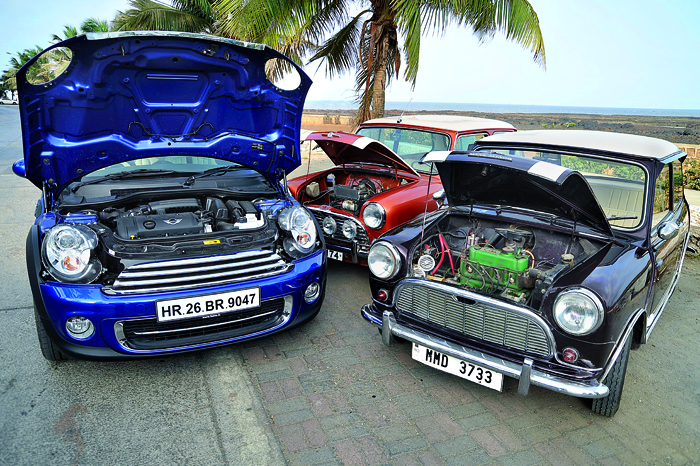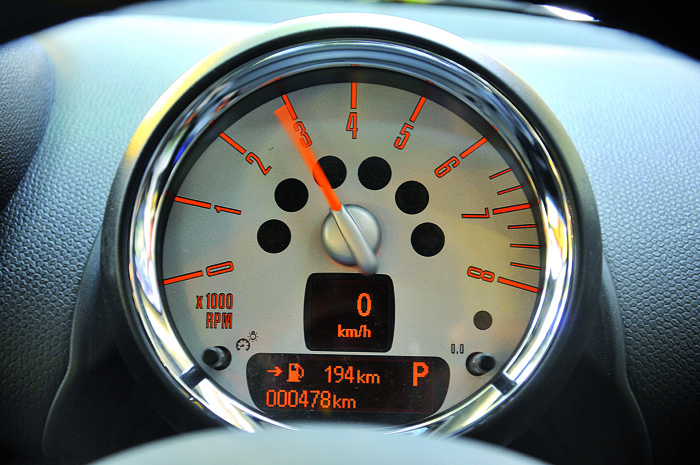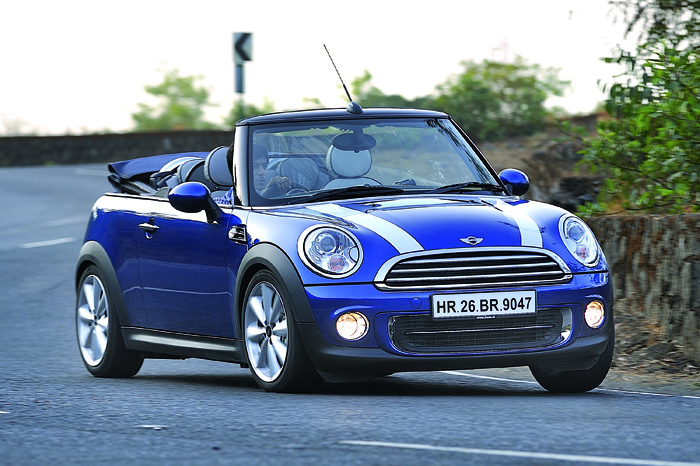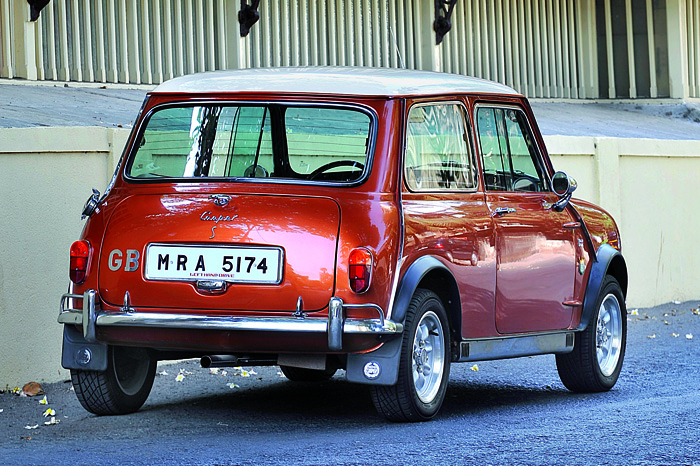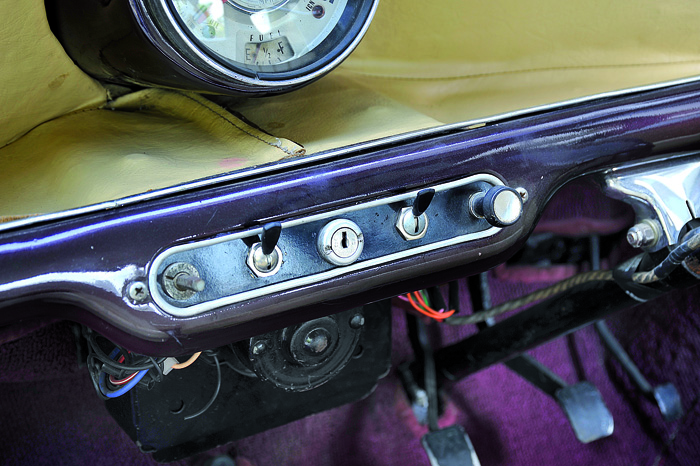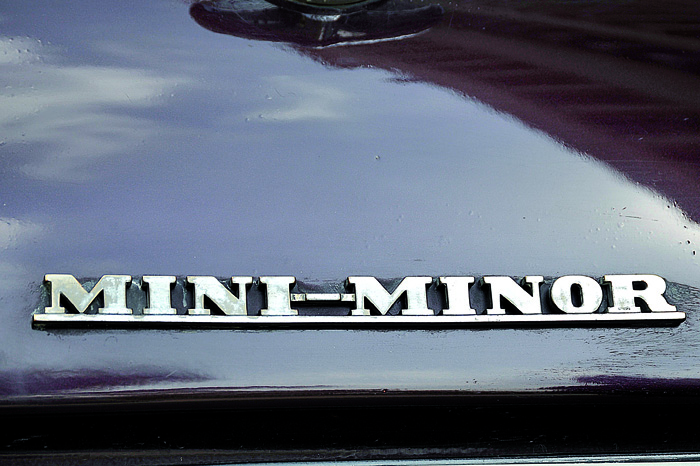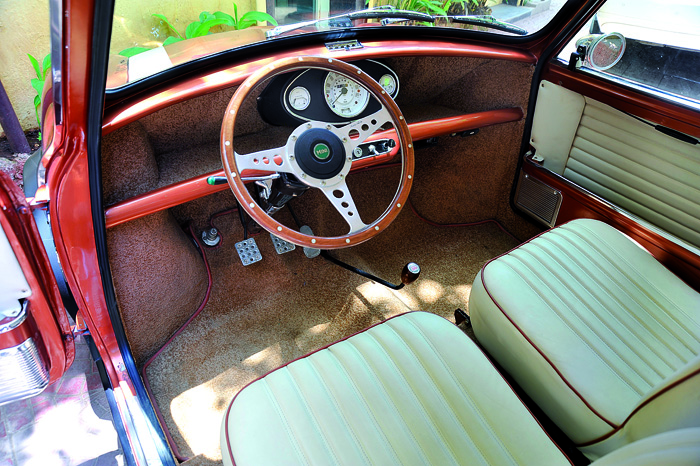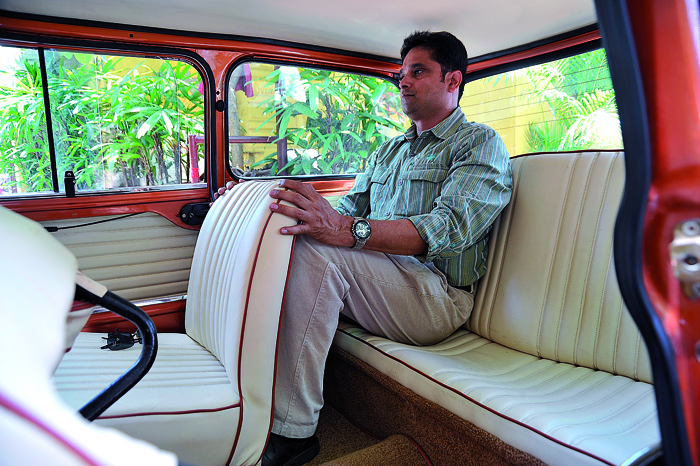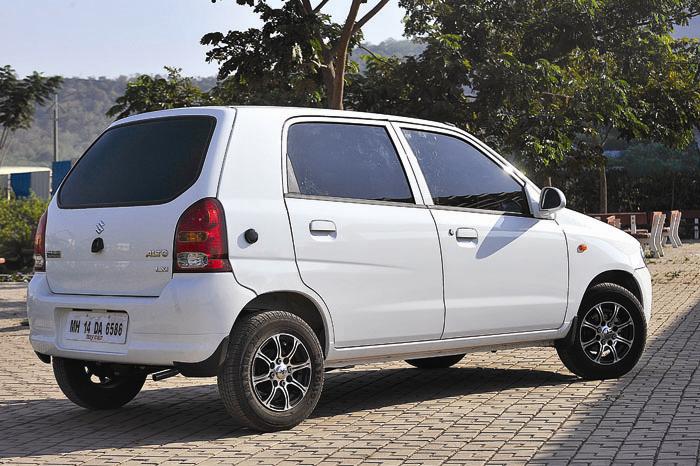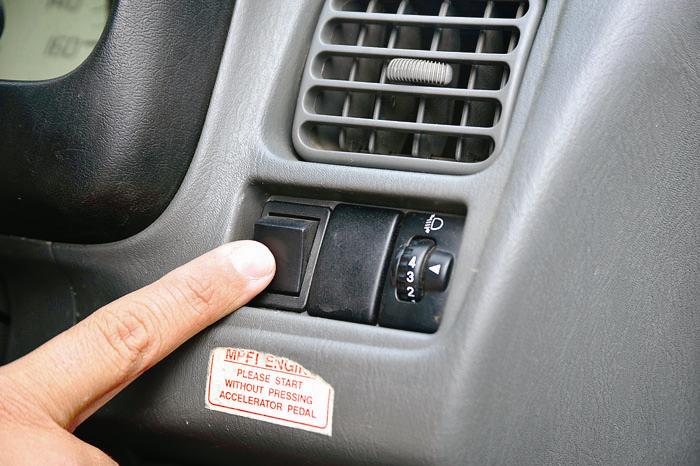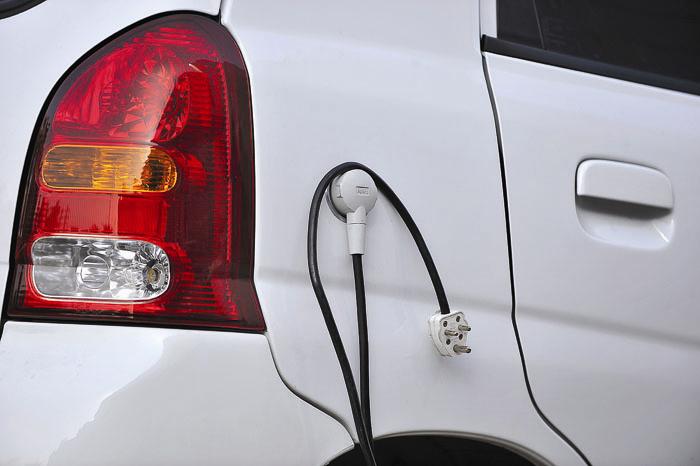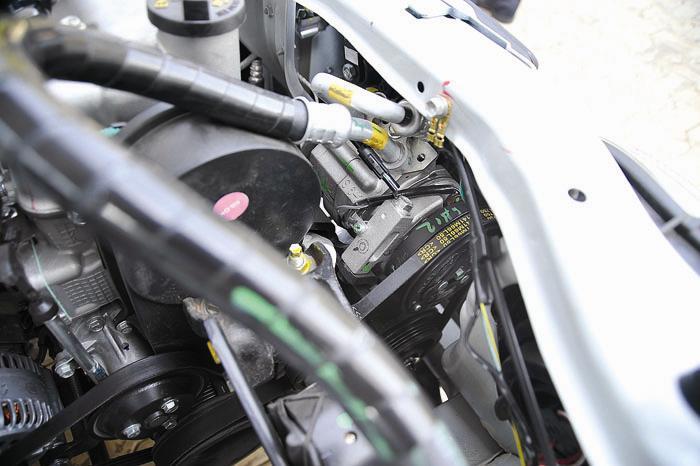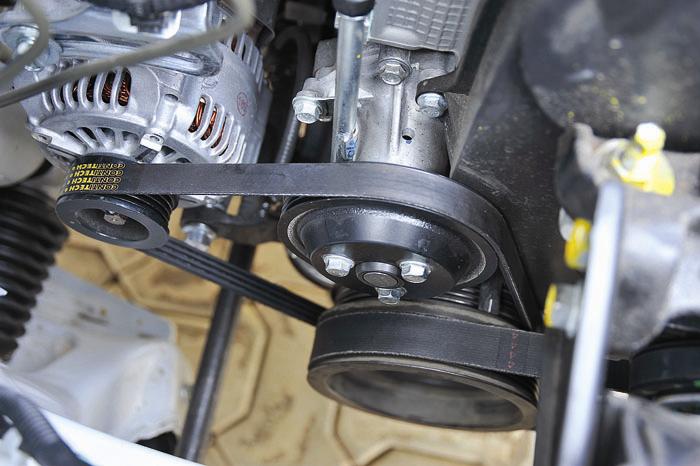Performance
The Ertiga is powered by a 1.3-litre diesel engine that makes a healthy 89bhp. The Xylo, on the other hand, uses a much bigger 2.2-litre unit that produces 120bhp, a massive 31bhp more than the Ertiga, and it also makes 8kgm more pulling power.
In the city, the Ertiga has quite a lot of throttle lag below 2000rpm and you need to keep changing gears to dart around in traffic. A full complement of seven passengers on board further accentuates this drawback. Once past 2000rpm though, the turbo kicks in and there is a sudden burst of acceleration, and this also makes it quite tricky to drive. It gets better on the highway though, and displays enough grunt for reasonably rapid progress. This is also thanks to the 1.3-litre engine’s strong midrange.
The Xylo’s engine, meanwhile, has loads of pull as soon as you get off the clutch and power delivery is very linear. This makes it extremely easy to drive in town – there’s more than adequate power and its low- and mid-range responses are particularly strong. The Xylo cruises well on the highway too and, thanks to the flexible motor, gearshifts can be kept to a minimum.
When it comes to engine refinement, the Ertiga’s motor does a better job than the Xylo’s. The key advantage the Ertiga has though is its weight. At 1,235kg, it weighs a full 565kg less than the Xylo, so though it has a massive power deficit, the lack of weight means it never feels underpowered.
The Ertiga’s lighter clutch and slicker gearbox also mean you don’t need too much effort to change gears in town. The 0-100kph sprint takes 14.28sec, which is only 1.3 seconds off the Xylo’s. In-gear times of 11.14sec for 20-80kph in third and 12.71sec for 40-100kph in fourth are a bit slower too.
Ride and handling
The Ertiga is based on the Swift platform, which means it has a car-like monocoque construction, unlike the Xylo’s more rudimentary ladder-on-frame construction. The soft suspension means the low-speed ride is plush and even as speeds increase, the Ertiga handles bumps with aplomb and feels solid.
The Ertiga’s suspension works silently too, with the light steering offering good feedback at city speeds. Despite the soft setup, body roll through corners is well controlled, and once you get used to the Ertiga’s size, it gives you the confidence to push it as much as you would a saloon. In the ride and handling department, the Ertiga easily pips the rather crude Xylo.
The Mahindra is based on a beefy chassis like the Bolero’s. The suspension is tuned for ride quality, which means bumps are easily absorbed at slow city speeds. The Xylo has a tendency to bob up and down through dips and doesn’t feel as stable as a Toyota Innova at high speeds. At city speeds, however, you’ll be impressed by its bump-smothering ability. The steering feels light at low speeds but doesn’t weigh up as you go faster. It still feels a touch over-assisted at higher speeds, which doesn’t inspire too much confidence while cornering. The soft suspension makes it feel top-heavy and ponderous through turns. While straight-line stability is decent, you do have to slow down for turns. At speed, quite a bit of road and wind noise seeps through to the Xylo’s cabin and even the suspension is not as quiet as the Ertiga’s.
Interiors
The long wheelbase and the Ertiga’s cab-forward design contribute to make one very spacious interior. The front seats are from the Swift and are very supportive, and though you sit much lower compared to the Xylo, visibility is good.
The flexible second row seats are comfortable, with good back and thigh support. The flat seat and a near-flat floor bode well for centre passenger comfort, but the car’s narrow dimensions mean the seat itself is not that wide and seating three abreast is a bit of a squeeze.
Getting into the Ertiga’s last row requires more contortion than the Xylo’s does, though. Shoulder support is good and headroom is decent, but the Xylo’s third row is much more comfortable, with a full-size bench and good space. Simply put, the Ertiga’s cabin is far more useable than the exterior dimensions would suggest.
The Ertiga is available in three variants and, save for the base petrol model, all variants get ABS, while this ZDi model gets driver and passenger airbags. Climate control is not available on any trim level, though middle- and top-spec cars do get twin air-conditioners to help cool the large cabin.
Open the Xylo’s large doors, climb up to the high driver’s seat, and the space on offer will leave you surprised. The E9 model tested here gets dual air-conditioners, rear parking sensors, electric door mirrors and a unique DDAS (Digital Drive Assist System) system that includes a trip computer, among many other features. Pretty good, considering the price you pay.
Once settled in, you’ll find the soft seats are very comfortable and provide support in all the right areas. The driver is treated to a range of adjustments which includes seat and seatbelt height along with tilt steering.
In town, the high seating and wide door mirrors, coupled with a light steering, make piloting it through traffic easy. The E9 variant gets optional captain seats for the middle row. There’s lot of leg and headroom as well as storage space for knick-knacks, especially around the centre console. The large windows add to the ambience of this functional cabin. The third row has more than enough legroom, the seat is supportive and comfortable, and comes with armrests. However, with all the rows in place, boot space is dismal and not even enough for small bags.
Variants and pricing
The Maruti Ertiga diesel is available in three trim levels and the full-spec ZDi variant featured here costs Rs 8.45 lakh. It comes with a long list of equipment that includes a CD player with Aux and USB ports and steering-mounted audio controls.
However, the more affordable VDi variant comes without alloy wheels, fog lights and airbags. It costs Rs 7.90 lakh and the base LDi costs Rs 7.30 lakh. While Mahindra will also sell the facelifted Xylo with the older mEagle engine, the new mHawk engine featured here is available only on the E9 variant. Rs 7.36 lakh will buy you the base D2 model that comes with few frills and even lacks features like power windows. The Xylo E9, at Rs 10.47 lakh, comes with a lengthy features list that includes leather seats, cruise control and reversing sensors. You even get voice-operated controls. Dual airbags and ABS with EBD are part of the safety kit. (All prices are ex-showroom, Delhi)
Our Verdict
The Xylo’s spacious cabin pampers you with a lot of equipment. And the comfortable seats are a boon over long journeys, while the fuel efficiency will also keep you content. Add to this the spacious third row, which trumps the Ertiga’s, and an attractive price, and you’ve got the recipe for a pretty good family car. On the downside, there is limited boot space, so comfort on an outstation trip with all seats occupied can be compromised.
The Xylo’s ride and handling are a far cry from the Ertiga’s car-like dynamics and pliant ride. The Xylo, however, gets let down by the lack of quality and the feel-good factor that comes standard with the Ertiga.
Maruti’s new kid on the block does everything you ask of it quite well. It offers the right amount of space, comfort and equipment. Since it’s based on the Swift platform and shares most of its running gear with the hatchback, its reliability is proven. The fuel-efficient and peppy diesel engine makes the Ertiga a good highway cruiser as well. But it too has some downsides – there is massive throttle lag at low speeds, which makes it irritating to drive in traffic. But this is a small price to pay for an otherwise brilliant MPV that feels far better engineered and put together. The fact that it is Rs 2 lakh cheaper than the Xylo makes the victory easier still.















.jpg?w=728&q=75)
.jpg?w=728&q=75)
.jpg?w=728&q=75)
.jpg?w=728&q=75)
.jpg?w=728&q=75)
.jpg?w=728&q=75)
.jpg?w=728&q=75)
.jpg?w=728&q=75)
.jpg?w=728&q=75)
.jpg?w=728&q=75)
.jpg?w=728&q=75)
.jpg?w=728&q=75)
.jpg?w=728&q=75)
.jpg?w=728&q=75)
.jpg?w=728&q=75)
.jpg?w=728&q=75)
.jpg?w=728&q=75)













